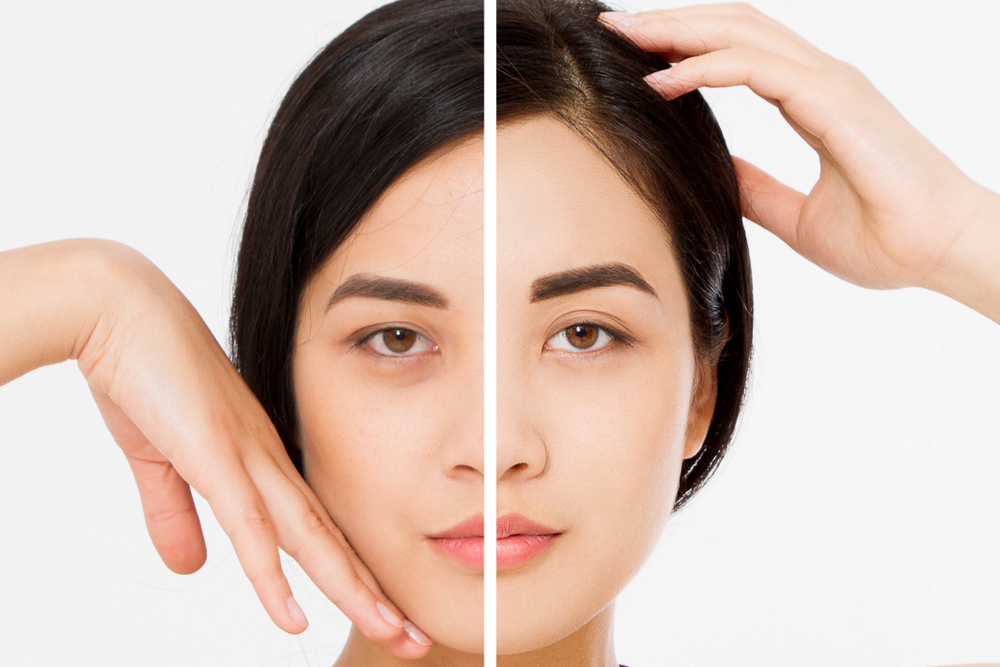A drooping eyelid is often the result of a condition known as ptosis, and individuals suffering from this condition usually find their upper lids unable to open fully. A droopy eyelid can affect one or both eyes and, in extreme cases, can even block the pupil and make it difficult to see.
Ptosis is caused by a separation of the muscle tendon and eyelid or general weakness of the eyelid muscles. The issue can be caused by a neurological or muscular disease, injury, or stroke, among other causes. Although surgery, called blepharoplasty, is your best bet to correct ptosis, there are a few less invasive things you can do to help the situation.
Exercising the Eye
You’re probably wondering how you can exercise your eye. Seems crazy, right? But you actually can! Try moving your eye in figure eight movements by moving it in a full rotation or by simply rolling it. Check with your doctor to be sure, but any eye exercise that initiates a use of the affected eyelid muscles should be just fine.
Doing this a few minutes each hour will help you increase muscle tolerance in the eyelids and then can slightly improve the droopy eyelid over time.
Cover the Unaffected Eye with an Eye Patch
By covering the unaffected eye, the eye with the drooping is forced to do twice the work it normally has to do for vision. This helps to increase focus and movement within the eyelid muscles.
You will, however, need to speak with your doctor before you do this as he or she will need to advise you on an appropriate length of time to wear the patch based on how severe your condition is.
Get Fillers or Surgery
You can visit us for blepharoplasty surgery to completely fix the situation in a simple outpatient procedure. We’ll reattach the eyelid muscles so the droopy eyelid is raised to its proper position.
If you would like more information about drooping eyelids, blepharoplasty surgery or any of the things that can help to prevent or improve ptosis, we’ll be happy to help. Just call us today at 817-778-4444.






